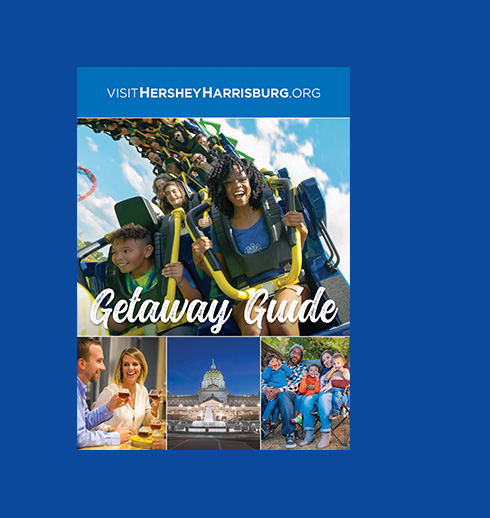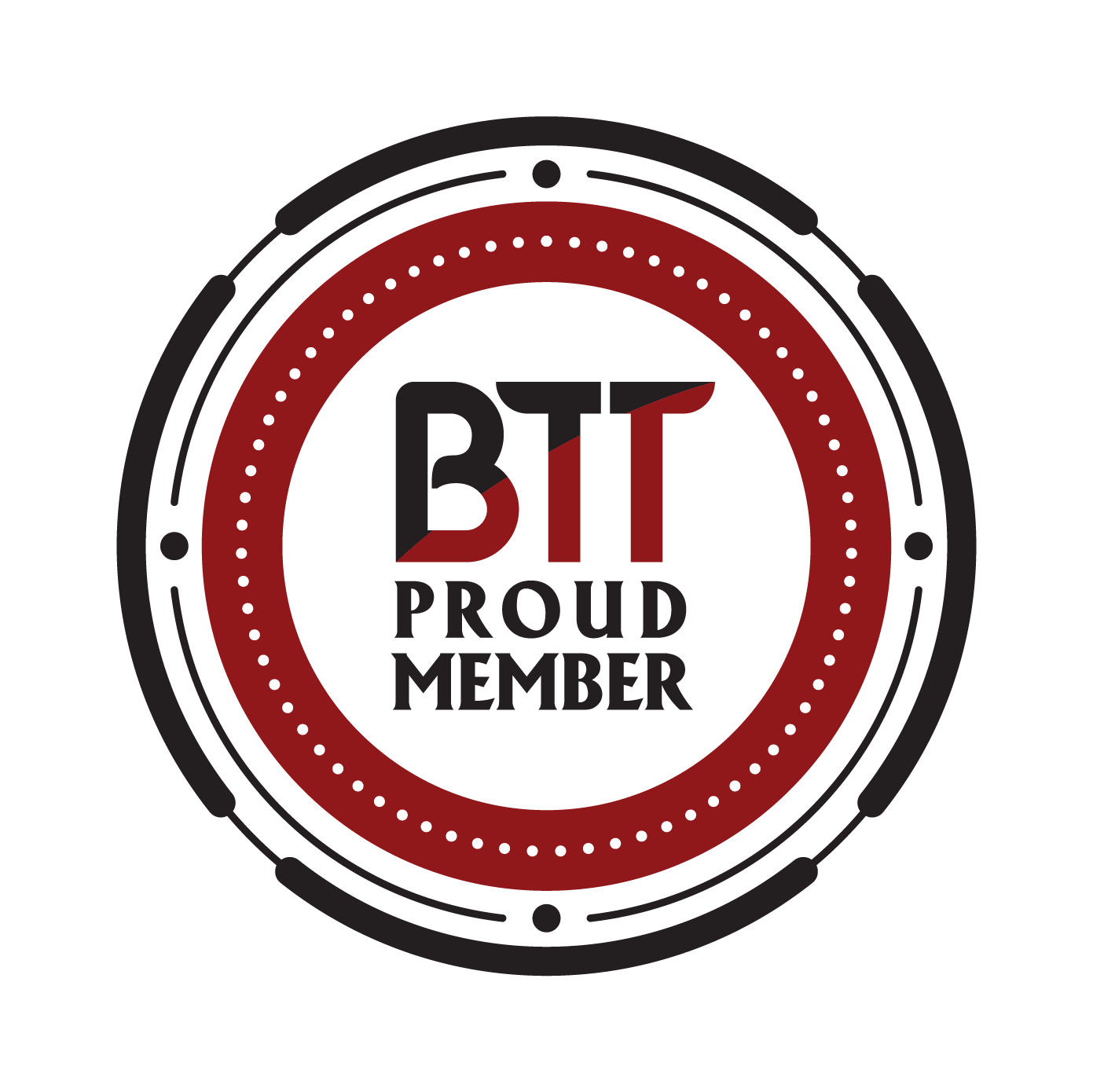ZooAmerica® North American Wildlife Park
Home to more than 200 animals native to the continent of North America, ZooAmerica is included in your Hersheypark® experience ticket at no extra cost when Hersheypark is open, and the zoo is also open year-round with its own ticketed admission when Hersheypark is not open. Exhibits are arranged according to the five animal regions found throughout the North American geography.
Animal Regions
Southern Swamps
Forested wetlands associated with drainage from rivers or lakes, swamps provide a link between dry land and deep bodies of water, and they may be wet for all or part of the year. Walk through this subtropical climate to see the American Alligator, various snakes and birds, as well as the Gopher Tortoise and Florida Gar.
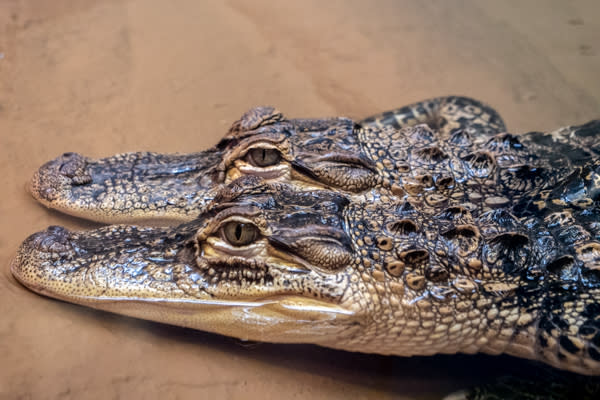
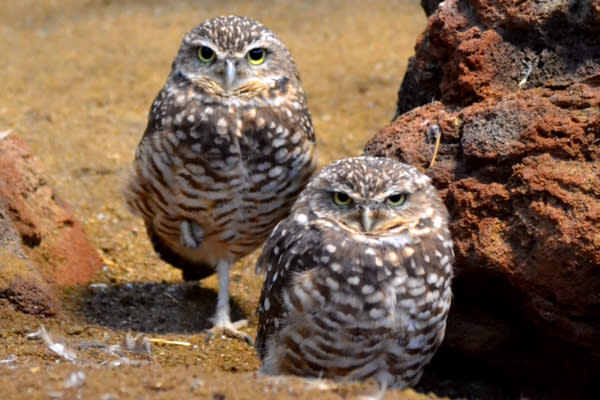
The Great Southwest
See some of the animals that thrive in this unforgiving environmental region of North American characterized by very hot summer days, cooler nights, and limited seasonal rainfall. Exhibits in this area include lizards, snakes, birds, bats, ferrets, Coati, Ocelot and the Desert Turtle and Tortoise.
Eastern Woodlands
The native region of Hershey and Harrisburg, the Eastern Woodlands region changes dramatically with each of the four distinct seasons. Wildlife you’ll see in this area of ZooAmerica include the Black Bear, White-tailed Deer, Bobcat, River Otter, Barn Owls, the Eastern Wild Turkey and the Red-tailed Hawk.
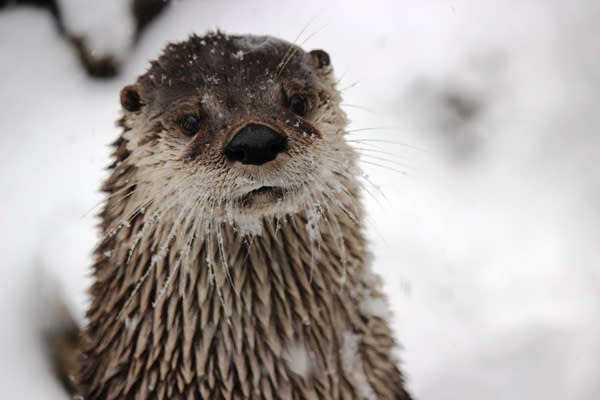
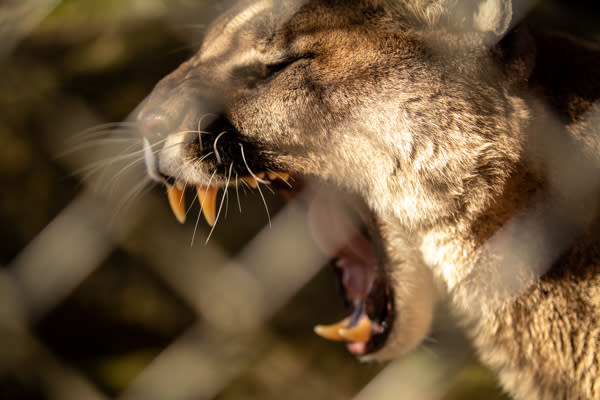
Big Sky Country
See some of the habitat and the animals typical to the area from the Mississippi River to the foothills of the Rocky Mountains including Mountain Lion, American Elk, Pronghorn, Prairie Dogs, and various species of birds.
Northlands
This area of harsh wilderness environment ranges from the evergreen forests of Canada, north to the tundra, and through all of Alaska. Winter survival strategies for mammals include hibernation, burrowing under the snow, and growing thicker coats of fur. In this area of ZooAmerica, you can see Gray Wolves, Canadian Lynx, porcupines, martens, and various species of birds, including the magnetic Bald Eagle.

Animal Encounters & Guided Tours
Looking for a personalized zoo experience for yourself or your group? Meet a zoo educator for a quick introduction to the zoo and a close-up look at one of the animal ambassadors during an Animal Encounter at ZooAmerica. You can also arrange for a 1-hour general Guided Tour or one focused on Endangered Species or ZooAmerica history. Great for small groups, these tours are geared to the ages represented and led by the zoo staff of experienced naturalists and educators.
Behind the Scenes Tours
ZooAmerica currently offers three opportunities for behind-the-scenes experiences at the zoo. During the Early Bird Tour, participants will get an up-close and personal look at select zoo species, have the opportunity to feed some animals, touch a reptile and hold a bird of prey. There’s also a Photography Tour, where participants can take close-up pictures at selected animal exhibits while touring non-public areas. And when the zoo closes, the exclusive After-Hours Tour kicks off, where participants join ZooAmerica naturalists on a tour through the Animal Health Center and a flashlight tour through the animal buildings (for an insider look at the nocturnal activity). Feeding the otters, touching a reptile and holding a bird of prey are also included in the After-Hours Tour.
Cookies are used for optimization and tracking. By continuing to use our site you agree to our privacy policy.
Cookies are used for optimization and tracking. By continuing to use our site you agree to our privacy policy.
